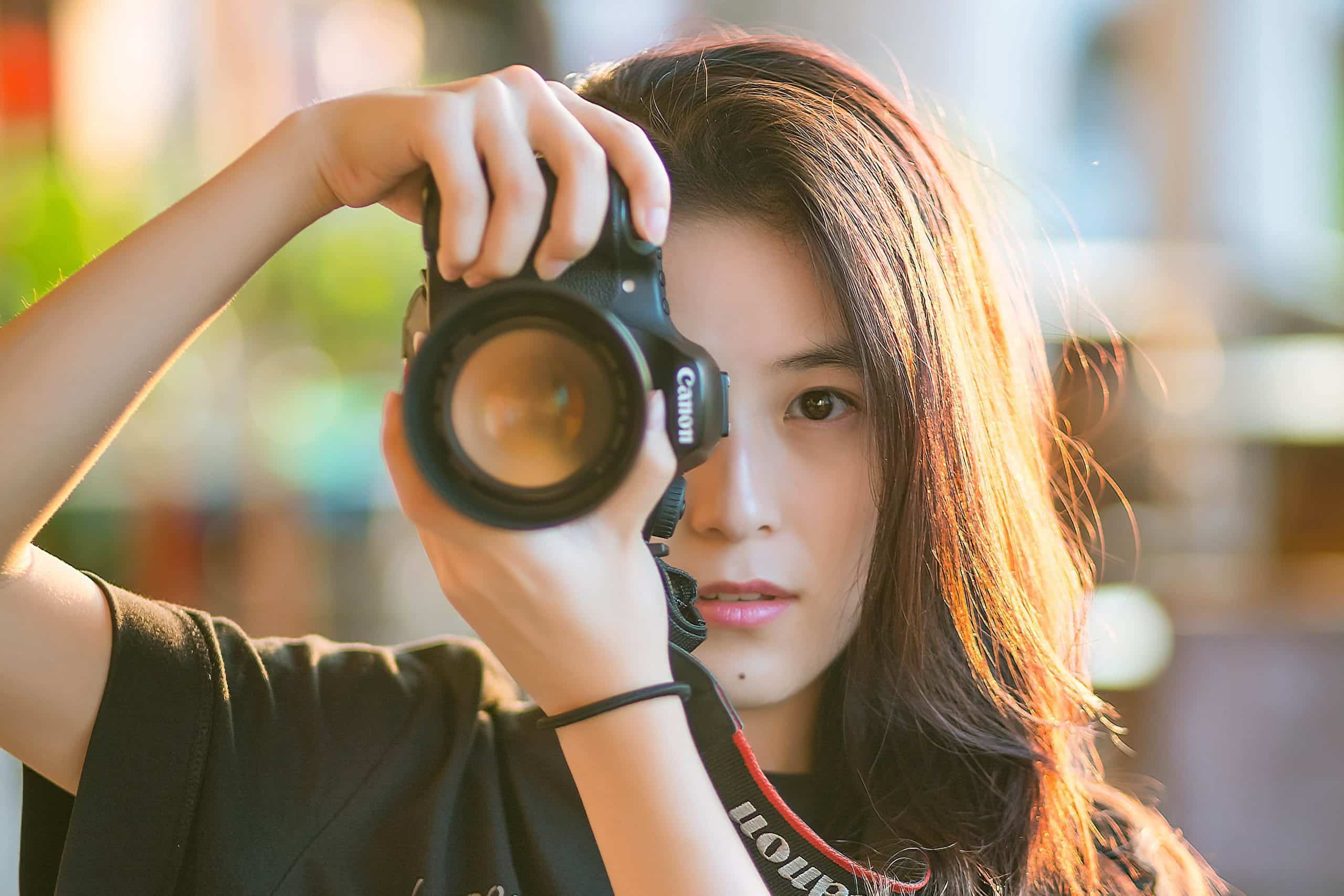Somewhere between a GIF and a still image, cinemagraphs are a brand new medium that photographers are using to create a range of interesting work. Often published in GIF or video formats, a cinemagraph is a still image that has a single element of movement in it. The effect can be surreal, and lends itself well to animating nature scenes or bringing texture to portrait photography.
The term cinemagraph was coined in 2011 by photographers Kevin Burg and Jamie Beck, who used cinemagraphs to create fashion photography with subtle movement to it. Since then, the form has gradually gained momentum, with increasing numbers of photographers experimenting with the cinemagraph. A new mode of photography like this offers a lot of opportunity to create truly original work; adding cinemagraphs to your commercial or event photo offerings can give you a creative edge over other photographers.
In recent years, apps like Flixel have made cinemagraph creation much more accessible. You don’t even need a DSLR to create cinemagraphs now. Anyone can make a cinemagraph right on their smartphone, with the complex process of isolating movement from your video or series of images streamlined and sped up.
With cinemagraphs becoming easier to create, many photographers are using them to make fascinating work. We’ve rounded up five examples of ways photographers are using cinemagraphs to add depth and interest to their work.
Looking for a website to share your own cinemagraphs on? Format lets you embed cinemagraphs on your site just as you would a still photo or GIF.
Portrait photography
Cinemagraphs can make for especially unique portraits that really bring out the personality of the subject. In this nighttime portrait, the wind blowing the subject’s coat and the flashing of the crosswalk light create a moody atmosphere that highlights the subject’s facial expression.
When shooting portraits to create cinemagraphs with, you’ll want to consider what sort of movement you want to highlight. In this outdoor portrait, the windy conditions help create a realistic atmosphere. A studio portrait could also have the same atmospheric movement if you utilize a wind machine or fan. But you may want to capture a more subtle movement made by your subject in order to add life to the image. Even just a turn of the head can add personality to a shot.
Food photography
Cinemagraphs are an obvious choice for bringing texture and feeling to your food and drink photography. As in this cinemagraph depicting a still life with coffee, motion adds a sense of realism to the image. Cinemagraphs can be used to highlight food that’s just been served, or offer a look at the cooking process behind a dish by showing the details of food being chopped, steamed, or fried.
Steaming hot food is a good pick for a cinemagraph, as the steam can bring a subtle motion to the image. Liquid being poured or food being served are also great options for a food-focused cinemagraph. When selecting food to photograph for a cinemagraph, interesting textures and the potential for motion are key.
Outdoor photography
This cinemagraph uses only the movement of a small section of water to evoke the calm feel of a day at the beach. Nature offers lots of motion that can be captured nicely in a cinemagraph, whether it’s rain, snow, clouds moving in the sky, leaves falling, waves on the beach, or water running in a stream.
When photographing outdoor cinemagraphs, pay attention to which part of the scene you want to add movement to. Especially on a blustery day or during a storm, there may be a lot of movement happening in front of you, but for a good cinemagraph, you’ll want to focus in on only one or a few moving parts.
Commercial photography
Cinemagraphs might not be your first thought when creating product shots, but they can lend themselves well to commercial images and your own still lifes too. In this cinemagraph, motion adds texture to a minimal product shot, catching the viewer’s eye in a way that would make for an ideal digital ad asset.
You don’t need to be a commercial photographer to create interesting cinemagraphs like these; you can always compose your own still lifes at home or in the studio. Still lifes can be a great entry point into cinemagraph creation, as you can easily choose just one aspect of the image to add motion to. Items with bold colors work well for these type of images.
Street photography
A street photography cinemagraph can work to bring out the small details of a crowded street scene that might otherwise be overlooked. In this cinemagraph depicting a streetside shop, all the details of the scene stand come together to make the viewer really feel as if they’re present.
Busy and complicated shots are great choices when shooting street photography for a cinemagraph. Select a scene with lots of detail and consider which element you want to highlight with your cinemagraph, whether it’s the movement of people in a crowd, a single person walking along, rain on the pavement, or street lights turning on.
More creative photography inspiration:
The IRL GIF: Turn Your Photos Into a Flip Book
How To Take Double Exposure Photos Without Photoshop
Why You Should Try Soaking 35mm Film in Ramen Soup












